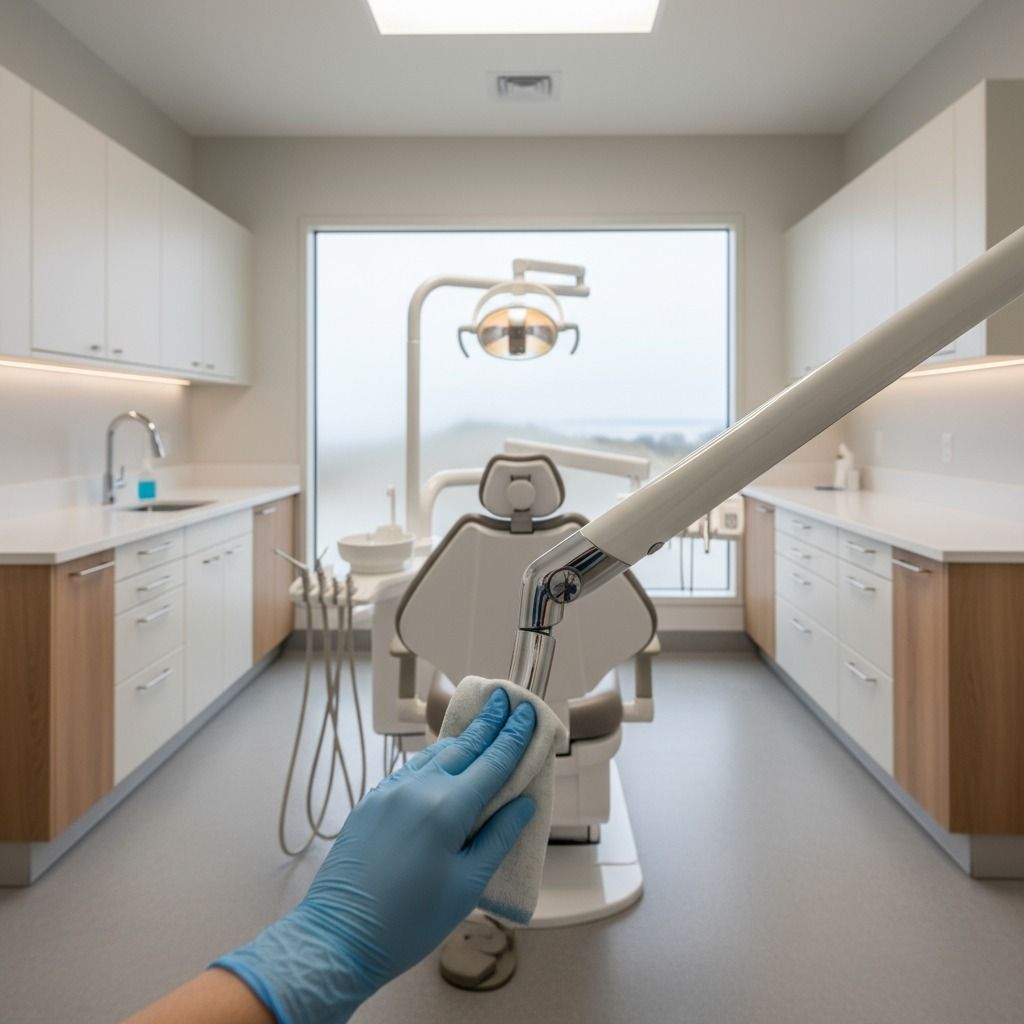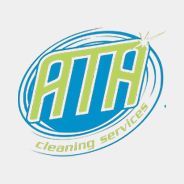Medical Office Cleaning in Massachusetts: Compliance & Proof

From interviews with practice administrators:
I once had a state surveyor ask my cleaning crew about the disinfectant dwell time for an exam table. Their blank stare was terrifying. In Massachusetts, "looking clean" isn't enough; we need auditable proof of compliance. I need a cleaning partner who understands HIPAA, OSHA, and the difference between cleaning and disinfecting—and can prove it with documentation.
ABOUT
From interviews with practice administrators:
Must-Haves (Massachusetts Clinics)
01
Signed Business Associate Agreement (BAA): This is non-negotiable. If a vendor doesn't have a BAA ready for you to review, they aren't a serious healthcare cleaning provider.
Documented Training: Crews must be trained on OSHA's Bloodborne Pathogens standard, HIPAA awareness, and proper chemical handling.
EPA List N Disinfectants: Your vendor must use EPA-registered disinfectants effective against healthcare-associated pathogens and follow the label's specified dwell times meticulously.
Cross-Contamination Prevention: This includes using color-coded microfiber cloths and mops for different areas (e.g., red for restrooms, blue for general areas) and following a top-to-bottom cleaning sequence.
Regulated Waste Handling: Proper segregation and handling of sharps and other regulated medical waste is a critical part of the scope.
02
SLAs, KPIs & Proof (Inspection-Based)
KPIs: The only metrics that matter are compliance-focused. Track Dwell Time Adherence Rate (>99%) via supervisor audits, Inspection Pass Rate on High-Touch Surfaces (e.g., exam tables, door handles), and a Corrective Action Closure Rate of 100% within 24 hours.
Documentation: Demand cleaning and disinfection logs for each exam and procedure room. Use inspection forms with photo evidence to document any deficiencies and the corresponding corrective actions.
Survey Readiness: Your SLA should include a "survey-readiness" clause, allowing you to request a full audit and documentation review with your vendor's supervisor on short notice.
03
Pricing Drivers (What Moves Cost Up/Down)
Room Mix & Turnover: The number of exam rooms vs. higher-intensity procedure rooms or operating rooms dramatically impacts labor time.
Regulated Medical Waste Volume: Pricing is often tied to the volume and weight of sharps and red-bag waste handled.
After-Hours Access: The tighter the window for cleaning staff to work without disrupting patient care, the higher the cost.
Specialty Surfaces & Equipment: Sensitive medical equipment and specific types of flooring may require special, more costly cleaning agents and procedures.
Field Walk-Through Checklist
04
- Provide an inventory of all rooms by type (exam, procedure, waiting room, sterile processing).
- List all sensitive surfaces and equipment (e.g., diagnostic machines, upholstery) that require specific cleaning protocols.
- Identify all isolation protocol requirements and the locations of negative pressure rooms.
- Map out the locations of all PPE stations, spill kits, and regulated waste staging areas.
- Confirm the exact after-hours window available for the cleaning team to work.
Step Vendor Vetting
05
- Request local healthcare references from practices or clinics of a similar size and specialty.
- Ask for their BAA template and a copy of their HIPAA training program outline for cleaning staff.
- Review their staff training records, specifically for Bloodborne Pathogens and chemical safety (HazCom).
- Demand a complete chemical list with Safety Data Sheets (SDS) for all products they propose to use in your facility.
- Get a
sample audit and inspection report to see how they document and correct deficiencies.
Faq
Frequently Asked Questions
What’s a BAA and why does it matter so much?
A Business Associate Agreement is a legal contract required by HIPAA that obligates your vendor to protect any Patient Health Information (PHI) they may see or hear. Without it, you are putting your practice at significant compliance risk.
Day porter or just night crew?
Routine cleaning is the daily maintenance of non-critical areas. Terminal cleaning is a comprehensive, top-to-bottom disinfection of a room, such as an operating or procedure room, after it has been used.
Who is responsible for supplying PPE?
This should be defined in the contract. Often, the clinic provides the PPE (gloves, masks) to ensure it meets clinical standards, while the vendor is responsible for training their staff on its proper use.
Dwell time vs. wipe time?
"Wipe time" is how long it takes to apply a disinfectant. "Dwell time" is the critical period the surface must remain visibly wet to kill the pathogens listed on the product label. Wiping it dry too soon negates the disinfection process.
Do you offer weekend coverage for urgent needs?
A professional healthcare cleaning vendor must have a clear protocol for weekend and emergency coverage, with defined response times and an on-call contact number.
Contact us today and schedule your assessment.
Click below and send us your message


